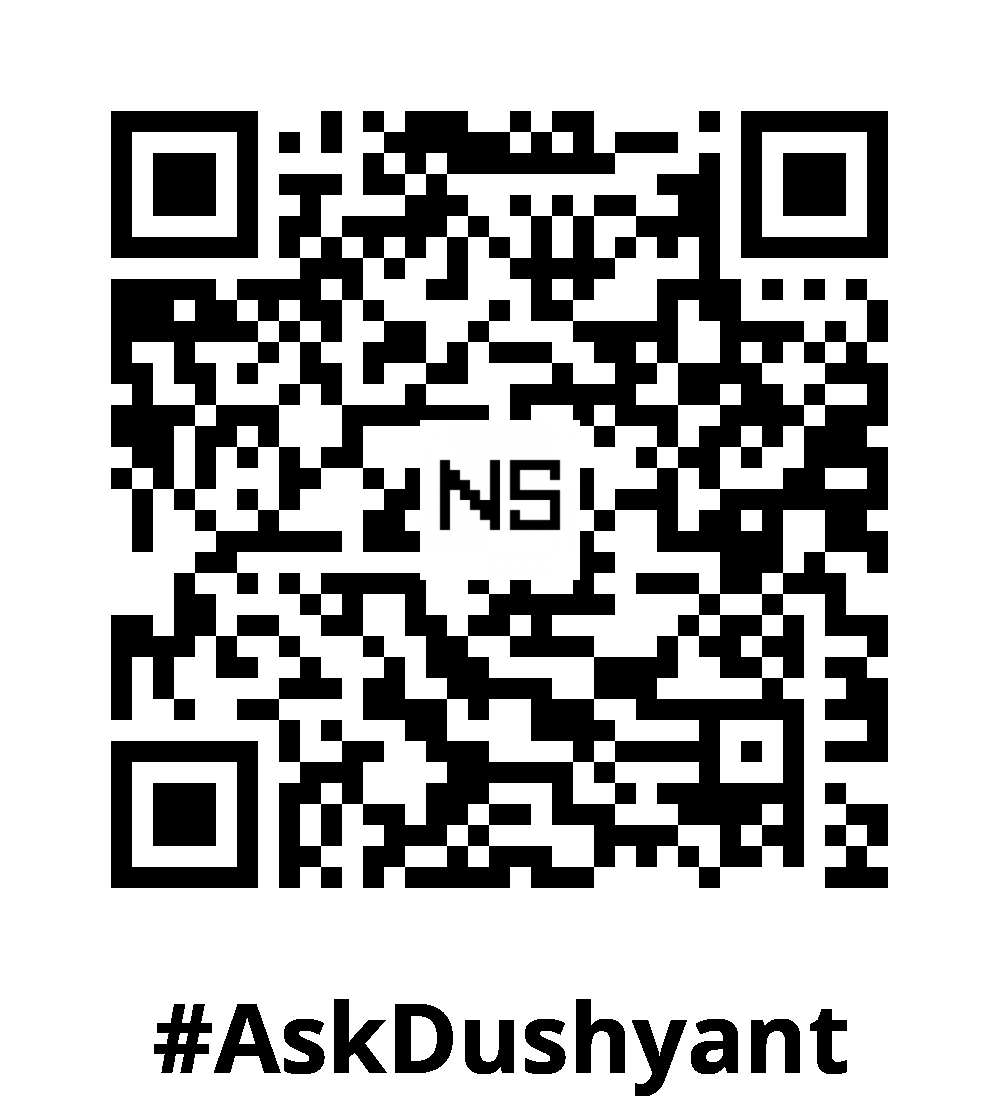Web services are the backbone of many applications, enabling communication between different systems over the internet. With over 18 years of enterprise-building experience, I’ve worked hands-on with every aspect of web services throughout my tech career. From hotel bookings to mobile employee attendance updates to sending alerts on messaging app, web services drive these critical interactions. But what exactly are web services, why are they important, and how do they work? In this beginner-friendly TechConcept, we’ll explain web services, how they enable applications to communicate, and key concepts like HTTP requests, APIs, and the differences between SOAP and REST.
What Are Web Services?
At their core, web services allow software applications to communicate with each other over the internet. They follow a set of protocols and standards to ensure that systems, even if built on different platforms, can exchange data efficiently.
Example:
Imagine you’re using a hotel comparison website to book tickets. The site doesn’t store all the hotel details itself. Instead, it uses web services to request real-time data from hotel management systems and present that information to you.
Why Are Web Services Important?
Web services enable interoperability, which means different applications can work together regardless of their architecture. Here’s why they’re essential:
- Cross-platform Communication: Web services allow different systems (like Java, .NET, and Python) to communicate effortlessly.
- Real-time Data Sharing: They enable the instant exchange of data between applications, ensuring a smooth user experience.
- Scalability: Services can grow independently, so as demand increases, the web service infrastructure can scale to accommodate more requests.
How Web Services Work: The Basics of Communication
Web services follow a client-server model where a client sends a request and the server responds with the requested data. This communication usually happens via HTTP (Hypertext Transfer Protocol), the same protocol used by web browsers.
HTTP Requests and Responses
Web services use HTTP requests to send and retrieve data. The client (like a web or mobile app) sends an HTTP request, and the server responds with data in a structured format like JSON or XML. Here’s how it works:
- Request: The client makes an HTTP request using specific methods such as:
- GET: To retrieve data.
- POST: To submit data.
- PUT: To update data.
- DELETE: To remove data.
- Response: The server processes the request and returns a response, usually containing data in JSON or XML format.
Example:
Suppose you’re using a weather app. When you open the app, it sends an HTTP GET request to a weather web service to fetch the latest weather information.
GET https://api.weatherdata.com/v1/location/110018:Delhi/forecastThe server then responds with the requested data in JSON format:
{
"location": "New Delhi",
"temperature": "31 Degree",
"unit" : "Celsius",
"condition": "Sunny"
}APIs: The Bridge to Web Services
An API (Application Programming Interface) acts as the gateway that allows applications to interact with a web service. APIs define a set of rules and endpoints that clients use to access functionality or data from the service.
There are two main types of web service APIs: SOAP and REST.
1. SOAP (Simple Object Access Protocol)
SOAP is a protocol that uses XML to structure its messaging. It’s highly standardized and often used in enterprise environments where security and strict rules are critical.
Example:
A bank might use a SOAP-based web service to allow secure transactions between ATMs and the bank’s main database. The SOAP request might look like this:
<soapenv:Envelope xmlns:soapenv="http://schemas.xmlsoap.org/soap/envelope/" xmlns:web="http://webservices.example.com/">
<soapenv:Header/>
<soapenv:Body>
<web:TransactionRequest>
<AccountID>123456789</AccountID>
<Amount>500</Amount>
</web:TransactionRequest>
</soapenv:Body>
</soapenv:Envelope>2. REST (Representational State Transfer)
REST is a more flexible and scalable approach that uses HTTP and can return data in various formats, including JSON and XML. REST is often used in modern web and mobile apps because it’s simpler and easier to implement.
Example:
A music streaming service like Spotify might use a REST API to allow developers to access its data. To retrieve a playlist, a client might make a REST call like this:
GET https://api.spotify.com/v1/playlists/{playlist_id}The server would respond with data in JSON format:
{
"name": "Top Hits",
"tracks": [
{"title": "Song 1", "artist": "Artist A"},
{"title": "Song 2", "artist": "Artist B"}
]
}SOAP vs. REST: What’s the Difference?
When deciding between SOAP and REST, it’s important to understand the strengths of each:
- SOAP is best for:
- Complex, secure transactions (like banking or insurance applications).
- Scenarios that require high reliability and predefined rules (e.g., enterprise-level software).
- REST is ideal for:
- Simple, scalable services where performance is key (like web or mobile apps).
- Applications that need flexibility and lightweight data exchanges (e.g., social media APIs, e-commerce sites).
Monitoring and Using Web Services
To monitor web service usage or troubleshoot issues, developers use tools like Postman or cURL to simulate HTTP requests. Here’s an example using cURL to make a REST API request:
curl -X GET "https://api.example.com/v1/products" -H "accept: application/json"This command sends a GET request to the specified endpoint and retrieves a list of products in JSON format.
My Tech Advice: Web services are the unsung heroes behind many of the apps and websites we use daily. They allow systems to communicate across platforms, ensuring a seamless user experience. By understanding the basics of web services, HTTP requests, and API types like SOAP and REST, you’re better equipped to appreciate how applications interact in today’s interconnected world.
#AskDushyant
#TechConcept #SOAP #RESTAPI #JSON #XML #API


Leave a Reply